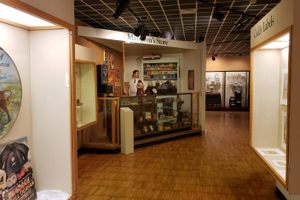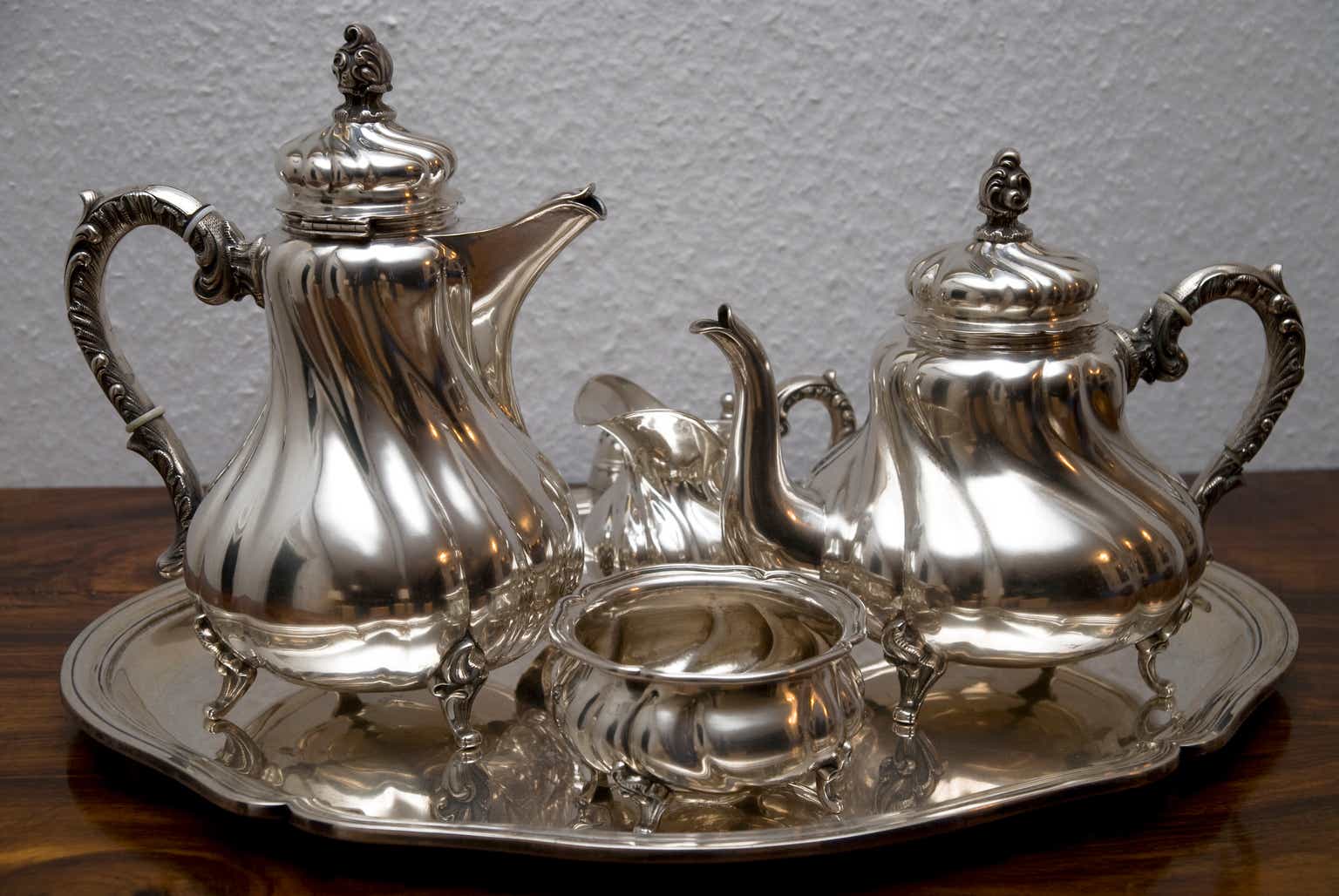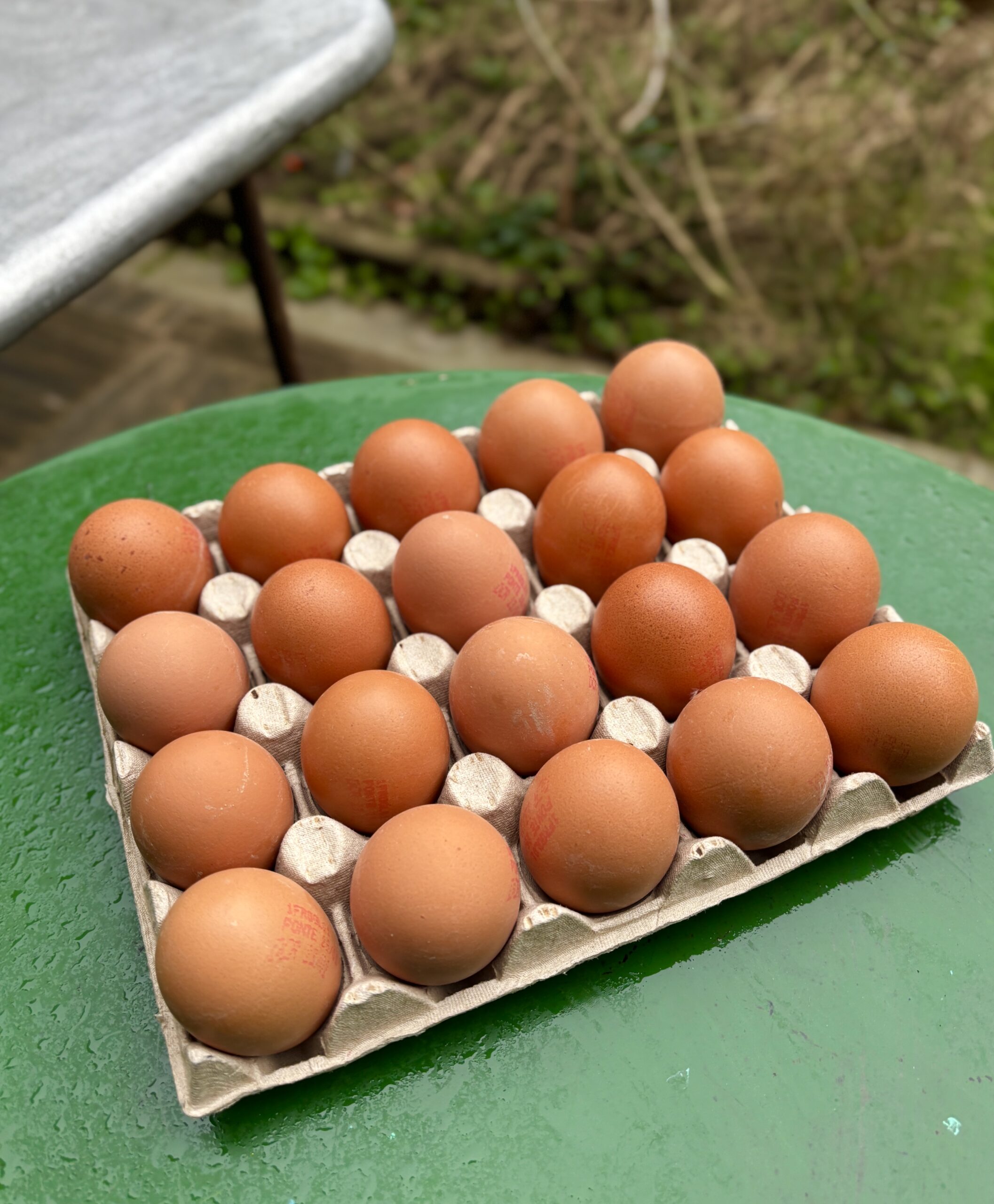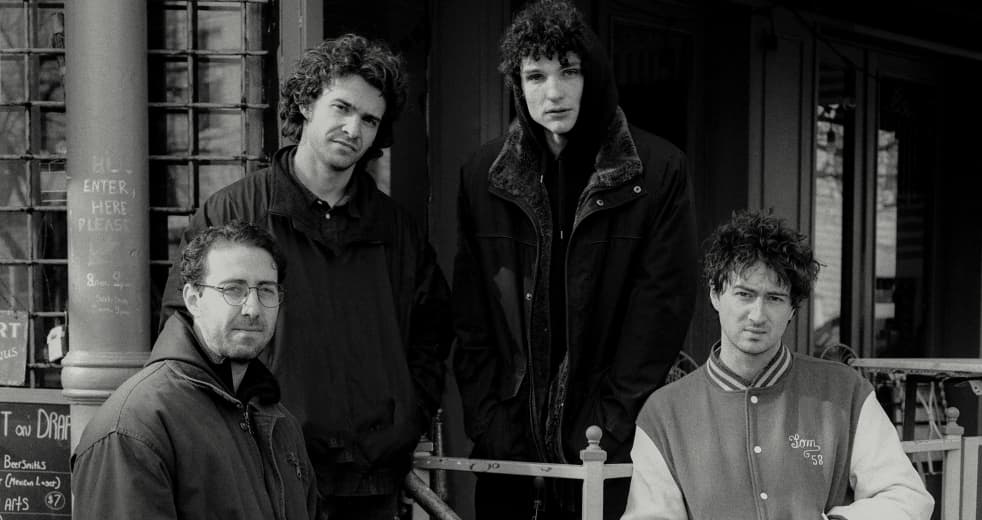Duke Homestead in Durham, North Carolina
Following the Civil War, Washington Duke (as in Duke University) converted his Durham, North Carolina farm into a small tobacco-manufacturing factory, which he operated it with his sons, Buck and Ben. A few years later, Buck invested in a newly developed cigarette-rolling machine that could complete the daily work of 48 hand-rollers. That decision, coupled with a heavy expenditure on new marketing methods, allowed the family business to rise above its competitors. In 1890, Buck forced a merger of the five largest tobacco companies, and led the newly formed American Tobacco Company until its dissolution in 1911 under anti-monopoly legislation. Today, visitors can see the original Duke residence and outlying structures related to their early tobacco trade. Additionally, the property has a small but fascinating museum that showcases various aspects of the history of tobacco, from slave labor to television advertising.


Following the Civil War, Washington Duke (as in Duke University) converted his Durham, North Carolina farm into a small tobacco-manufacturing factory, which he operated it with his sons, Buck and Ben.
A few years later, Buck invested in a newly developed cigarette-rolling machine that could complete the daily work of 48 hand-rollers. That decision, coupled with a heavy expenditure on new marketing methods, allowed the family business to rise above its competitors. In 1890, Buck forced a merger of the five largest tobacco companies, and led the newly formed American Tobacco Company until its dissolution in 1911 under anti-monopoly legislation.
Today, visitors can see the original Duke residence and outlying structures related to their early tobacco trade. Additionally, the property has a small but fascinating museum that showcases various aspects of the history of tobacco, from slave labor to television advertising.















































































